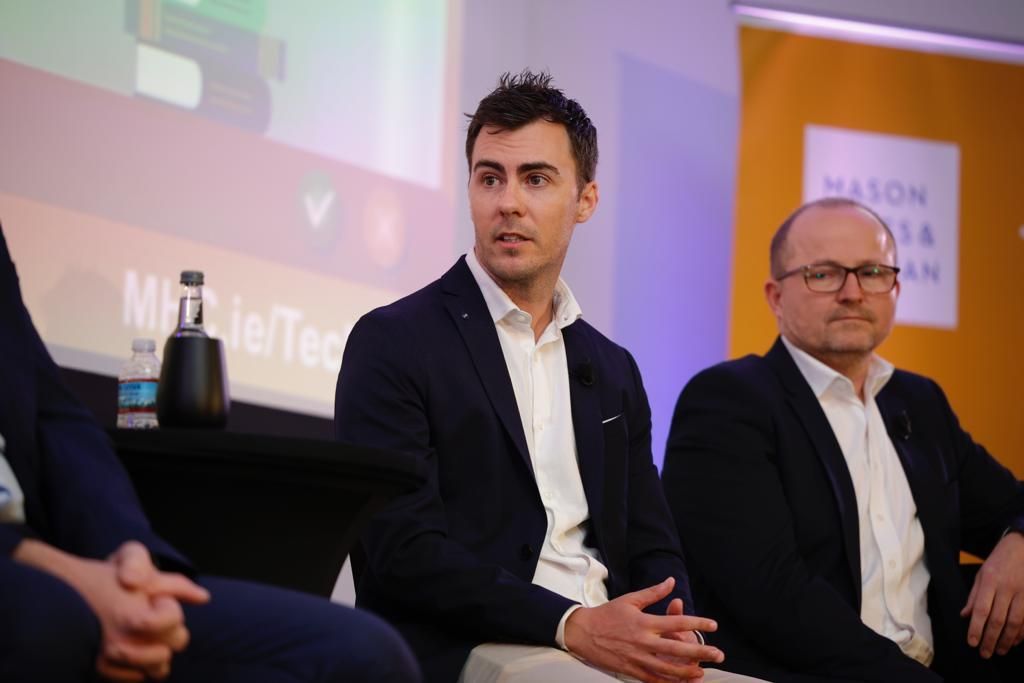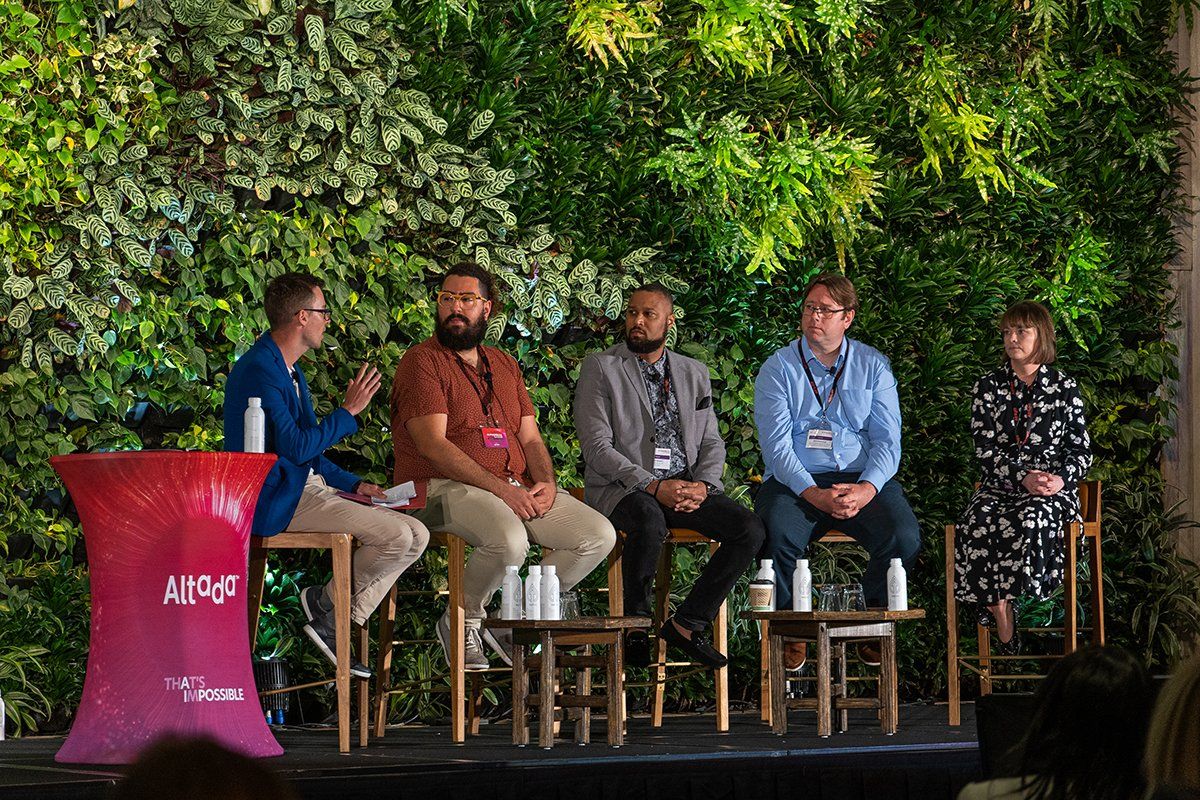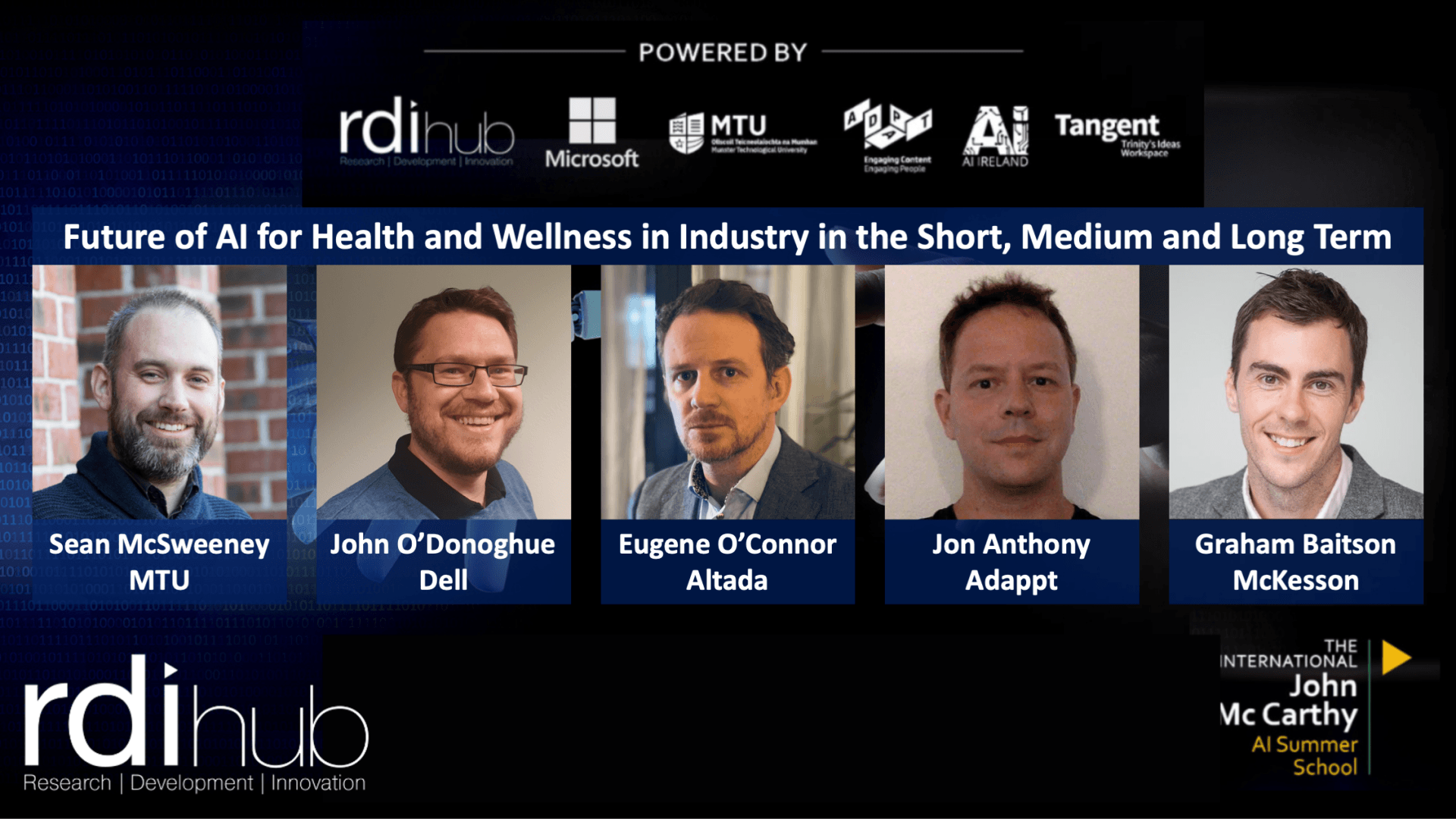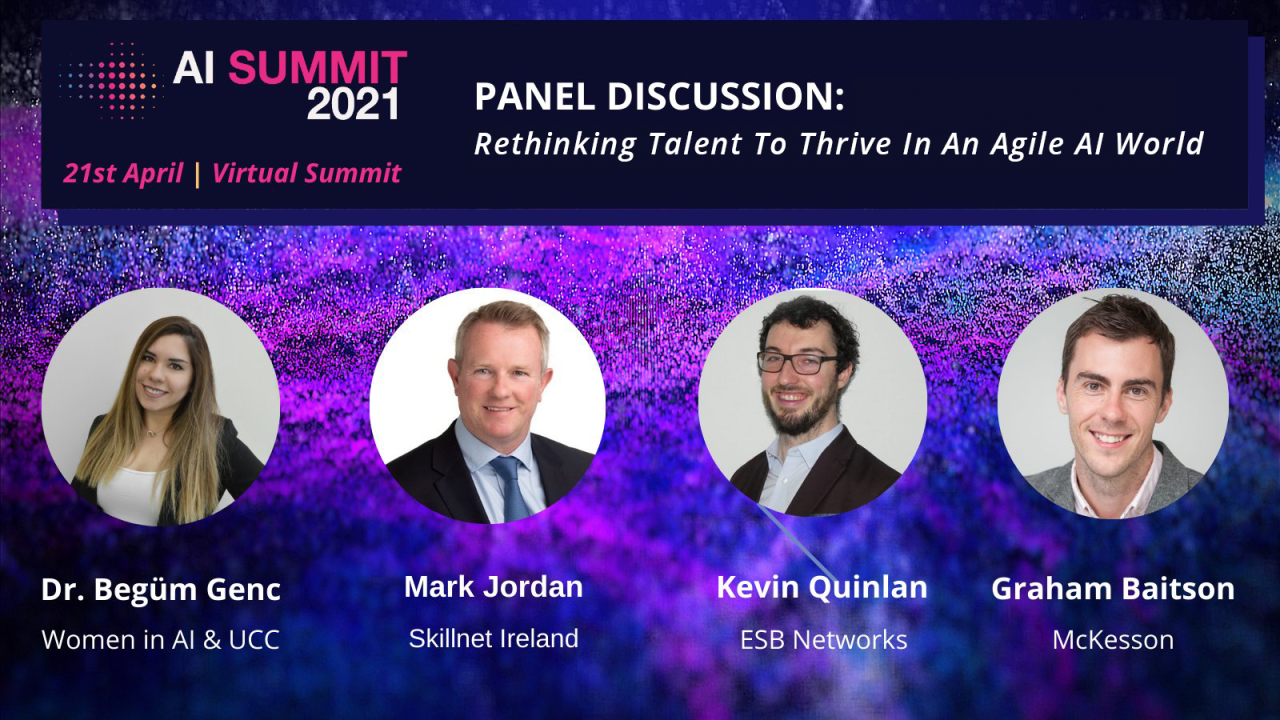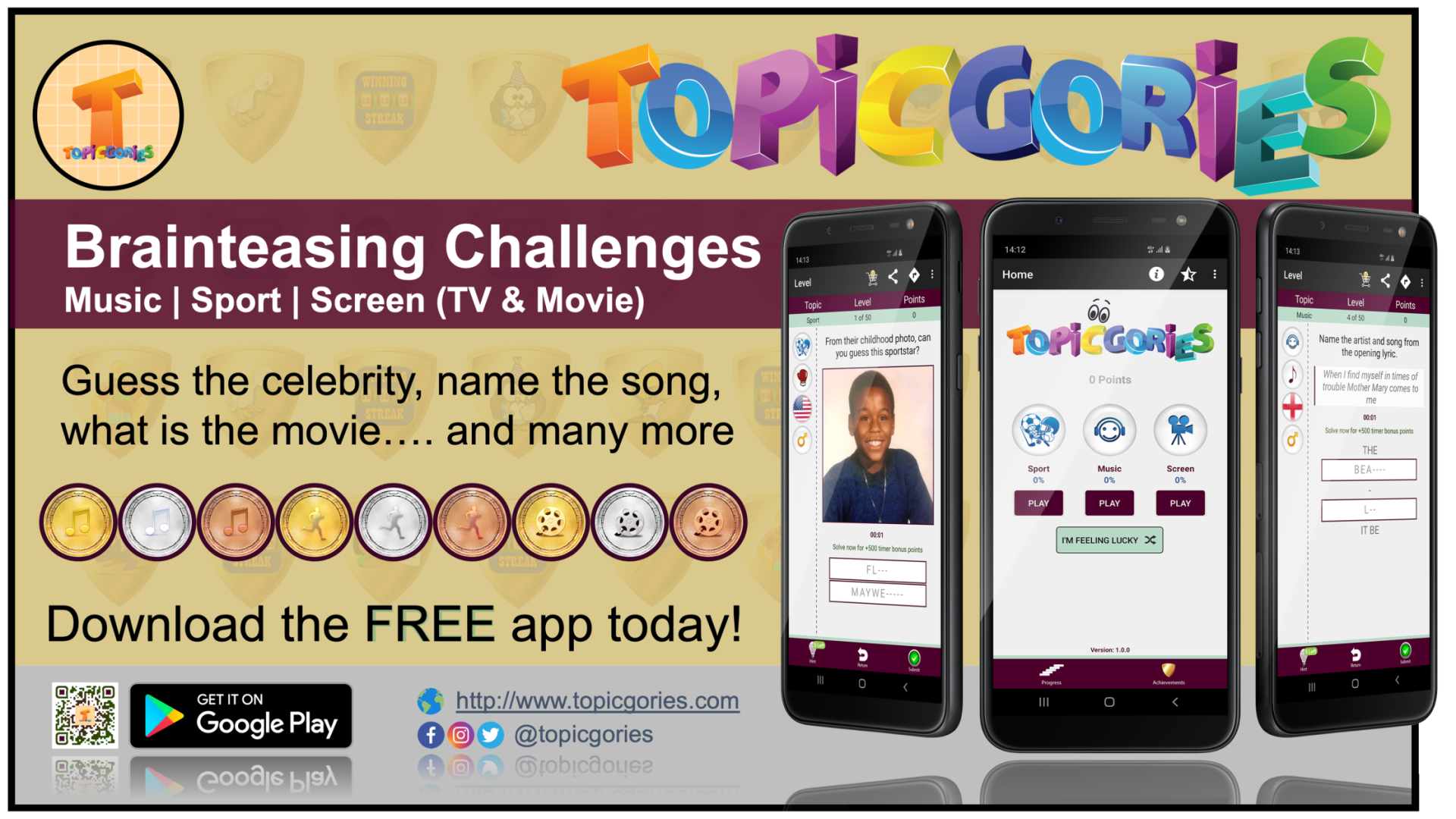Utilities – From Walkie-Talkies to Augmented Reality
It is estimated that by 2025, over 14.5 million workers in the U.S. will be wearing smart glasses as a direct result of large companies increasing their smart glasses spend from $6 million to $3.6 billion (Forrester, 2017). What impact will this have on the utilities workforce?
Introduction
Augmented reality (AR) is paving the way to change how we interact and experience the world around us. This technology bridges the gap between the real and virtual worlds by combining and superimposing actionable and relevant intelligent digital content onto the environment through the screen of a connected device, such as a smartphone, tablet or headset. With the help of consumer and gaming applications, people are becoming more exposed to this exciting technology through popular games such as Pokémon Go, applying filters to their selfies using Snapchat and placing furniture in their home using Ikea. One area which is set to thrive with the integration of this technology is the enterprise utility industry.
The Silver Tsunami Approaches
At present, the utilities industry is facing a major human resource challenge due to the disproportionate number of graduating engineers equipped with required skills versus the fact that by 2022, over 50% of the current utility workforce will be eligible for retirement (Bennett, 2015). Due to this phenomena, which is now becoming known as the Silver Tsunami, the legacy knowledge obtained from years of hands-on utility experience will soon be leaving the industry; resulting in over 72% of energy employers having difficulty finding proficient candidates to fill their open positions (Bennett, 2015).
This is a worrying statistic due to the fact that excavations, natural disasters and other devastations can cost billions worth in infrastructure damages. Only recently, Ireland faced the most powerful storm they have ever recorded (Fitzgerald, 2017) which caused damage to over 33% of the population (McSorley, 2017), leaving almost 385,000 without power (Breaking News, 2017) and 109,000 without water (McNeice, 2017). During the recovery process of an aftermath, the combination of demanding work deadlines, poorly mapped areas and lack of knowledgeable workers can create conflicts between priorities, safety and precision (Pierce, 2017).
The Paradigm Shift of Learning
It’s no doubt that the challenges of an aging and shortage of competent workforce will have a negative impact on operations in fields such as electric utilities, telecommunications and manufacturing. With U.S. companies across industries spending more than $1,000 in training per employee, AR is uniquely positioned to not only address the issues that may arise, but also increase productivity and improve training in these areas (Samit, 2017).
Learning paradigms are gradually shifting from classroom-based learning focusing on memorising by repetition to a more practical approach. This is largely due to the influence of John Dewey, an American philosopher, psychologist and educational reformer who believed that education should be delivered through creativity and collaboration allowing the student to understand why the information is important (UCD, 2012).
"If you have doubts about how learning happens, engage in sustained inquiry: study, ponder, consider alternative possibilities and arrive at your belief grounded in evidence" - John Dewey
Why Augmented Reality?
Utility industries have a track record of embracing technology in order to enhance communication, improve safety and increase efficiency. Walkie-talkies were quickly adopted in the 1980’s to allow two-way communication between workers. With the rise of smartphones in the 2000’s, the utility industry welcomed this progress in technology by utilising mobile apps to collaborate, share data and maintain schedules while in the field (Ta, 2016).
As we are now living in an era where young workers are becoming increasingly accustomed to working with digital documentation, the benefits of this next wave of hands-free devices equipped with AR technology will allow field technicians and engineers to receive on-demand information at ease. All workers will have access to the most up to date data, meaning that there will be no need to retrain the workers as new equipment is added to the facility or information becomes outdated or obsolete. For the vast majority not requiring the use of hands, the display of documentation, service history, step-by-step instructions, remote assistance and procedure validation can be shown to the user for any specific equipment that may need attention.
Combining this information with Geographic Information System (GIS) data, intelligent context aware information can be displayed allowing technicians to overlay electric cables within masts, desired pipelines beneath the earth, locate concealed objects and allow remote experts to instruct them through complicated procedures (Pierce, 2017). Len Bundra, IT/GIS director of Toms River Municipal Utilities Authority (TRMUA) states that spending an initial two hours marking up this data, can save up to $23,000 should a break in a utility line occur (Meehan, 2017).
What are the Challenges?
Although it’s clear to see the advantages of integrating this technology into the utilities industry, there are a number of factors that may still yet proof to be challenging. Field technicians generally work long days in a variety of remote locations and environmental conditions. Current devices are generally custom built to withstand extreme temperatures, provide visibility in low and high levels of light and also include custom antennae to increase connectivity (Dempsey, 2017).
In addition to these environmental factors, the accuracy of the data must be extremely precise. Although utilities have been collecting Supervisory Control and Data Acquisition (SCADA) data for a long time, wearable technologies will require this data to be used in real-time and in new innovate ways that have previously never been tested (Stone, 2016).
Conclusion
AR seems to be the solution to a lot of the problems that may arise within the utilities industry over the next couple of years. However, there are still obvious hardware and software challenges that will need to be addressed before the trust in adoption of this technology becomes mainstream. Glen Mannering, a utilities smart grid consultant with PA Consulting Group, states that the business integration for this technology will inevitably take time and investment, but in order to be successful, “it should look like an enterprise project by the time it’s done, and utilities should plan for that” (Stone, 2016). TRMUA have outlined a number of guidelines in order to start integrating AR into the business scope for a project (Meehan, 2017).
- Decide your use case. Identify a work process or business challenge that augmented reality/mixed reality (AR/MR) technology can improve or resolve.
- Survey the location of your assets with enough accuracy to suit your use case.
- Ensure that your GIS database includes reliable attributes for your assets (e.g. size, installation date, material, diameter, etc.).
- Partner with other organizations or companies to share data and thus create a richer view of the world through the AR lens.
In December 2016, the Wall Street Journal reported that when workers wore smart glasses, quality checks were performed 20% faster resulting in a 25% increase in production speed (Meehan, 2017). These impressive statistics are the reasons why agencies such as The Electric Power Research Institute (EPRI) are initiating a large-scale study to collaborate with 15 of the largest utility companies in the world in order to investigate how AR can positively impact the industry’s workforce (Judson, 2017). Two very interesting companies innovating in this field are Daqri and UtilityAR. Daqri, an American AR company are creating the next generation of smart helmets and smart glasses equipped with a professional AR platform allowing organisations to build custom AR solutions (Daqri, 2017). UtilityAR, a Dublin based start-up are currently working with innovators within the utility industry to unlock the potential by creating AR solutions for industrial, business and commercial organisations with the aim to optimise processes, reduce mistakes, shorten training times and maximise efficiency (UtilityAR, 2017).
In the coming years, AR, along with artificial intelligence (AI) and machine learning (ML) will enable systems to learn and adapt to the correct way of performing procedures, in turn empowering workers with the latest and most accurate real-time, on-demand information. With advancements in technology tool-kits such as ARKit from Apple, hardware is no longer a constraint as mobile operating systems will now contain to ability to run these powerful AR applications, opening the market up to over a billion devices. It’s evident that the inclusion of these technologies will have a positive impact on workers lives, but only time will tell if the adoption of this technology is successful. Whatever the future has in store for AR, it’s a really exciting area and no doubt we are going to see an explosion of AR start-ups in this area over the coming months.
References
- Bennett, A. (2015). Solving the aging workforce dilemma in today’s utility industry. [online] Electric, Light & Power. Available at: http://www.elp.com/articles/2015/04/solving-the-aging-workforce-dilemma-in-today-s-utility-industry.html [Accessed 13 Nov. 2017].
- Breaking News. (2017). Ophelia aftermath: 137,000 without power, but Luas back tonight; Varadkar considering punishment for swimmers in storms. [online] Available at: http://www.breakingnews.ie/ireland/ophelia-aftermath-137000-without-power-but-luas-back-tonight-varadkar-considering-punishment-for-swimmers-in-storms-810124.html [Accessed 14 Nov. 2017].
- DAQRI. (2017). Professional Grade AR. [online] Available at: https://daqri.com/ [Accessed 16 Nov. 2017].
- Dempsey, J. (2017). Rugged Mobile Devices Provide New Gateways to Augmented Reality for Utilities - Solutions for Business Blog. [online] Panasonic Solutions for Business Blog. Available at: http://www.panasonicforbusiness.com/2017/04/rugged-mobile-devices-provide-new-gateways-to-augmented-reality-for-utilities/ [Accessed 15 Nov. 2017].
- Fitzgerald, C. (2017). Ex-Hurricane Ophelia has battered Ireland. Here's what you need to know. [online] The Journal. Available at: http://www.thejournal.ie/hurricane-ophelia-2-3648077-Oct2017/ [Accessed 14 Nov. 2017].
- Forrester (2017). How Enterprise Smart Glasses Will Drive Workforce Enablement. Forecast: US Enterprise Adoption And Usage Of Smart Glasses. [online] Forrester. Available at: https://www.forrester.com/report/How+Enterprise+Smart+Glasses+Will+Drive+Workforce+Enablement/-/E-RES133722 [Accessed 16 Nov. 2017].
- Judson, J. (2017). Augmented Reality: A New Reality for Utilities. [online] Cisco. Available at: https://blogs.cisco.com/energy/augmented-reality-a-new-reality-for-utilities [Accessed 15 Nov. 2017].
- McNeice, S. (2017). Power and water restoration works continue after Storm Ophelia. [online] News Talk. Available at: http://www.newstalk.com/Power--water-restoration-works-continue-after-Storm-Ophelia [Accessed 14 Nov. 2017].
- Meehan, B. (2017). NJ Utility on Forefront with New Mixed Reality Application. [online] ESRI. Available at: https://www.esri.com/about/newsroom/publications/wherenext/nj-utility-on-forefront-with-new-mixed-reality-application/ [Accessed 15 Nov. 2017].
- McSorley, A. (2017). Hurricane Ophelia caused damage to one third of Irish homes, survey reveals. [online] Irish Mirror. Available at: http://www.irishmirror.ie/news/irish-news/hurricane-ophelia-caused-damage-one-11376558 [Accessed 14 Nov. 2017].
- Pierce, A. (2017). Augmented Reality Meets Utility Visualization. [online] Argis Solutions. Available at: http://www.argissolutions.com/news/2017/7/29/2gupua9teba84oeyo6imrvg3adgwzp [Accessed 13 Nov. 2017].
- Samit, J. (2017). 4 Ways Augmented Reality Could Change Corporate Training Forever. [online] Fortune. Available at: http://fortune.com/2017/07/22/augmented-reality-corporate-training/ [Accessed 13 Nov. 2017].
- Stone, A. (2016). Augmented and Virtual Reality Will Help Build the Utility Workforce of the Future. [online] Greentech Media. Available at: https://www.greentechmedia.com/articles/read/how-augmented-reality-and-virtual-reality-technologies-will-transform-utili#gs.TRfYM0M [Accessed 15 Nov. 2017].
- Ta, T. (2016). The Hands-Free Augmented Reality Revolution that will disrupt how utilities operate. [online] Linkedin Pulse. Available at: https://www.linkedin.com/pulse/hands-free-augmented-reality-revolution-disrupt-how-utilities-tuan-ta/ [Accessed 13 Nov. 2017].
- UCD. (2012). Education Theory/Constructivism and Social Constructivism - UCD - CTAG. [online] Available at: http://www.ucdoer.ie/index.php/Education_Theory/Constructivism_and_Social_Constructivism [Accessed 15 Nov. 2017].
- Utility AR. (2017). Augmented Reality for Utilities. [online] Available at: http://www.utilityar.com/ [Accessed 15 Nov. 2017].

